Canyongazer
Canyongazer
Don't know how much is director and how much DP, but anyway
Knife in The Water (1962) Jerzy Lipman DP, Roman Polanski D.
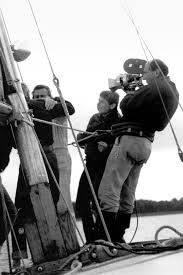
Knife in The Water (1962) Jerzy Lipman DP, Roman Polanski D.
Greyscale
Mentor
Scorsese in “Raging Bull”.
Out to Lunch
Menteur
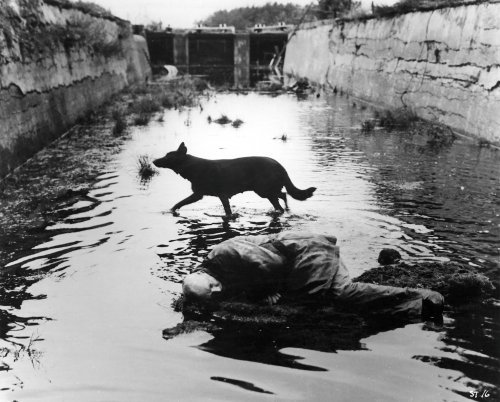
Another vote for Anrdrei Tarkovsky. Solaris...Stalker...you'll be able to find his
work online. https://en.wikipedia.org/wiki/Andrei_Tarkovsky
olifaunt
Well-known
Sophia Coppola. There was a piece on her in a recent Aperture magazine. Actually the whole issue was about basically the subject of this thread but she's the one I can think of right now. She bases her cinematographic palettes using storyboards based on (often famous) still (film) photographs. I think she only uses film (not digital) for her movies too but my memory is vague.
Out to Lunch
Menteur
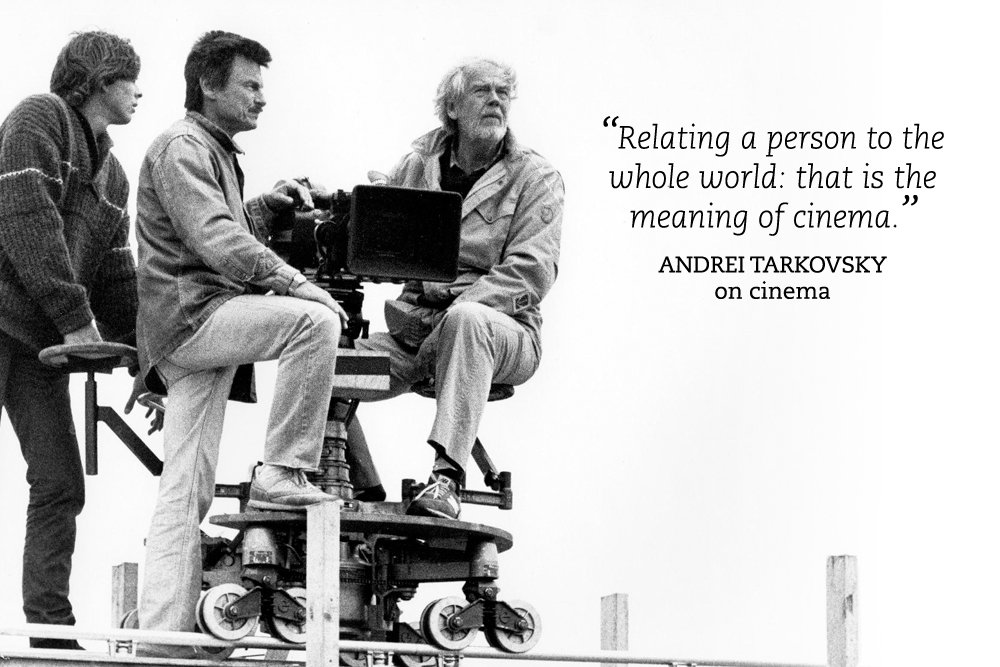
OK, I'll stop here. Tarkovsky was a true master... If interested, look for his work online. Cheers, Peter
colker
-
That film ("Good Morning") has such a stunning colour palette. Muted, earthy primary colours. It reminds me somewhat of family photos on Agfa paper from the 70's.
I learned so much from that film. It is still a guiding light for me. It taught me that you can always do less, do it simpler and give attention to symmetry instead of drama.
The way Ozu plays location making it take over story as the moving force of the film is a master, genius stroke.
julio1fer
Well-known
colker
-
Alfonso Cuarón (his "Roma" got a Golden Globe recently)
Of course, Eisenstein. And Bergman. Those two are icons of different eras.
Bergman considered Tarkovsky in such high esteem he decided to work for him as an assistant or co producer.
Roma is a masterpiece and i never saw a movie so close to still photography.
ChipMcD
Well-known
I'll throw Kogonada into the ring--Columbus was filled with images I would kill to have taken.
https://en.wikipedia.org/wiki/Columbus_(2017_film)
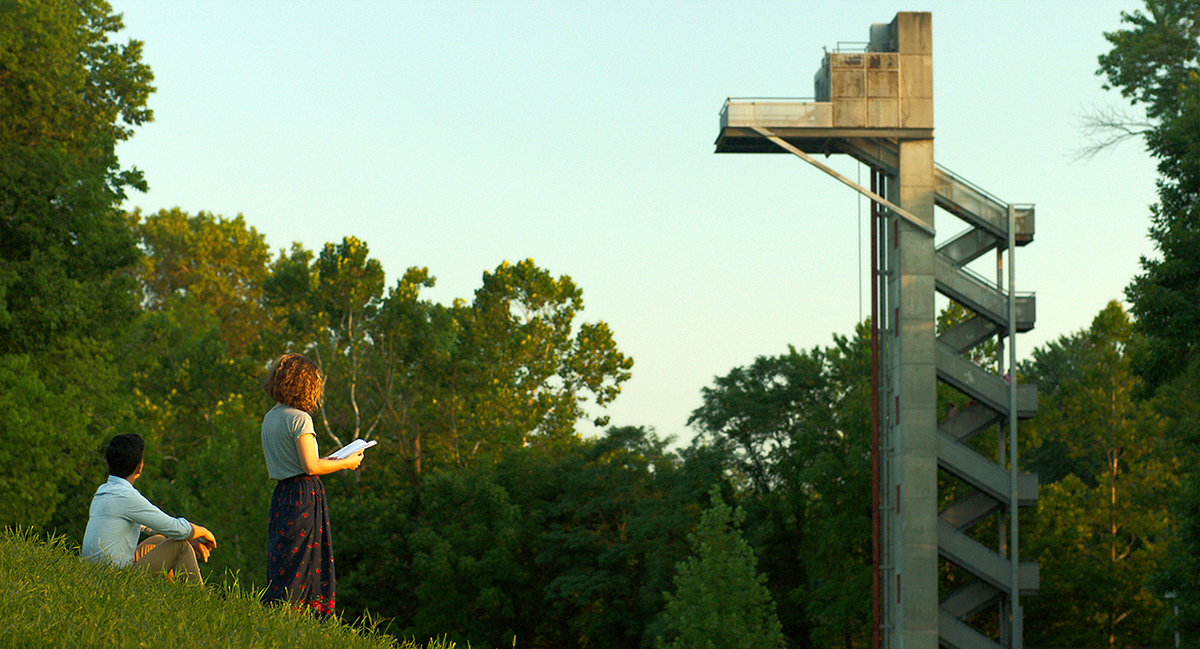
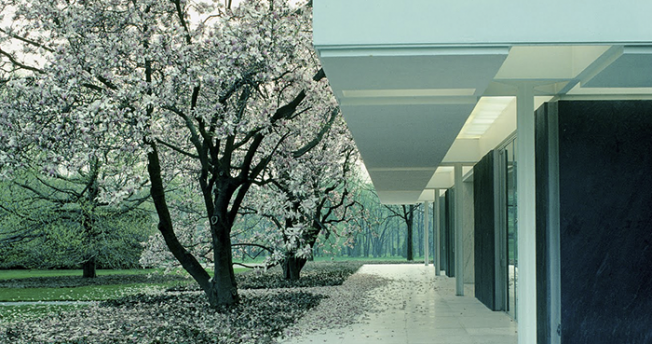
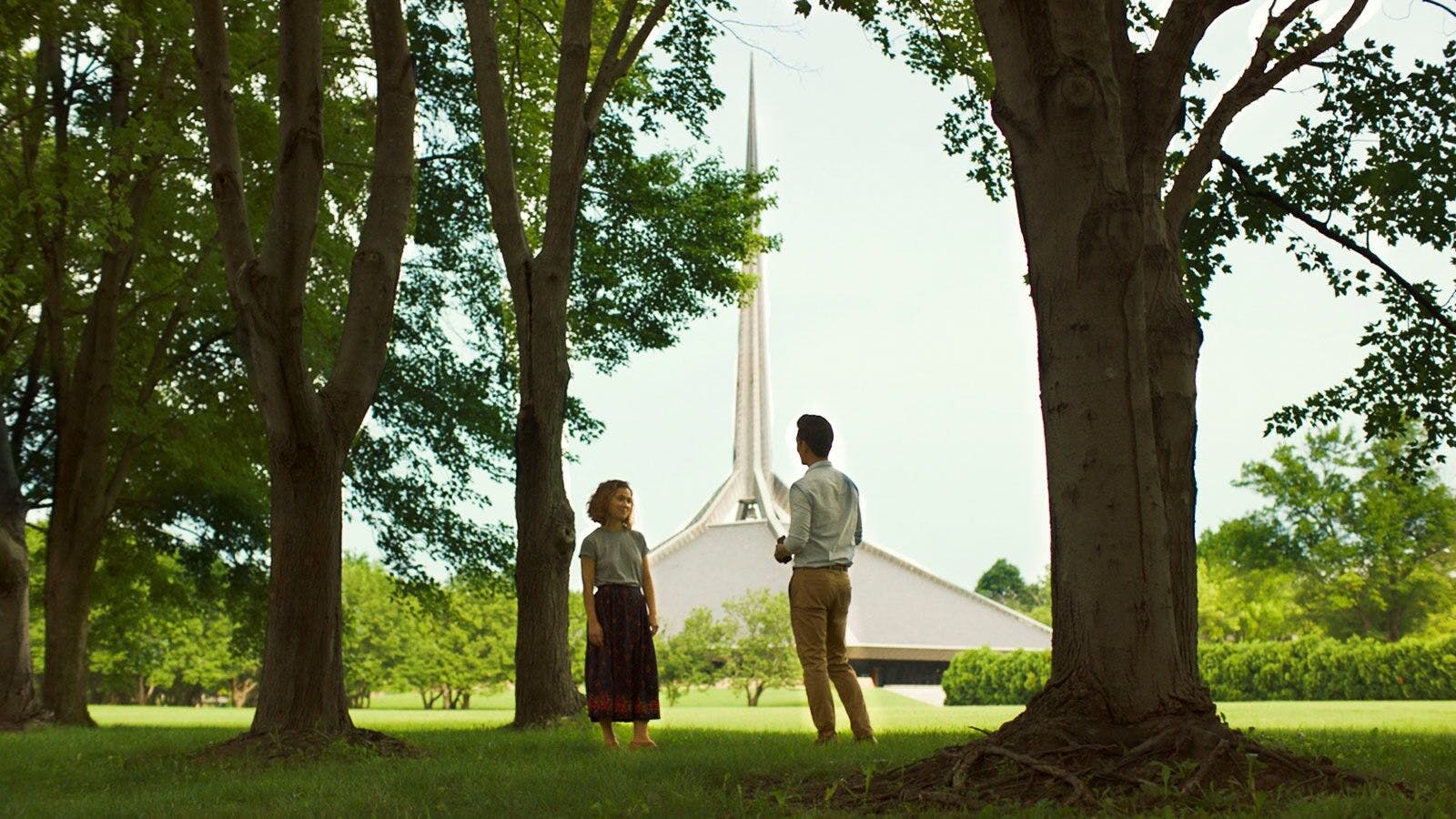
Glad someone brought this movie up here. I found it completely by chance on iTunes, and it blew me away. It seems to be underappreciated. I actually added Columbus, IN as a destination on a cross-country trip because of this movie.
philosli
Established
Stanley Kubrick is my idea of a director that shot films like a photographer because he started out as one. He always had that eye for framing a composition. Barry Lyndon is one of the most beautifully photographed movies I have ever seen (disclaimer: it is also one of the most slow moving movies around).
This. Kubrick's Barry Lyndon is what came to my mind. Many shots are like still photographs or painting. The camera didn't move,. The actors and props were carefully placed, like well composed studio photos.
For this movie he also bought the fastest lens ever made by Zeiss for NASA, and mod it to fit on movie cameras for the candle-lit indoor shots..
DwF
Well-known
I only once saw Barry Lyndon when it opened, I'm ashamed to say. I went to see "The Favorite" last night which brought Barry Lyndon to mind. I wonder whether anyone else saw this film and thoughts about the photography. In particular the use of wide-angle throughout to set the stage for each scene.
raydm6
Yay! Cameras! 🙈🙉🙊┌( ಠ_ಠ)┘ [◉"]
I just came across his Polaroids. Wonderful!
OK, I'll stop here. Tarkovsky was a true master... If interested, look for his work online. Cheers, Peter

The Polaroids of Andrei Tarkovsky, 1979-1983
In his essay on the Polaroids of Andrei Tarkovsky, Gawan Fagard draws parallels between the ontology of the medium and
 eefb.org
eefb.org
Richard G
Mentor
But it is in some ways a failing of a director, if you are to notice or for them to create this reonsance with still photography perhaps. Bergman was so attuned to dynamics. The falling snow on the lifeless virgin towards the end of Virgin Spring: her lying there is almost as nothing, even as the snow starts to fall, till those snow flakes actually land on her face. I think Tarkovsky himself pointed out that moment in his Sculpting in Time. Cinema is so striking when it is cinema. The opening scene in Rear Window when Grace Kelly in profile bends to kiss Jimmy Stewart, the camera slowing the motion to be literally a little run of still frames, slightly grainier. Wow. That is so much not a still profile shot. If you can't smell her perfume or hear the rustle of taffeta, you think you can.
Last edited:
Cascadilla
Well-known
I just came upon this thread today, and I think that the original post is mistaken about silent films being hampered by large and unwieldy cameras. Tracking shots were very common in silent movies, especially toward the end of the silent era. Sunrise, directed by F.W. Murnau, has superb long tracking shots, for example. The really static films are the earliest sound movies which were made with cameras in sound proof booths in some cases so camera movement became nearly impossible. I suspect that Ozu's films were made the way they were by choice, not because of technical limitations caused by large bulky cameras.
Mos6502
Well-known
I would think we should be discussing cinematographers rather than directors. In any event, Robert Krasker's work on The Third Man is very well known, however I was equally impressed by his work on Uncle Silas, a mostly forgotten movie which has never had a DVD release.

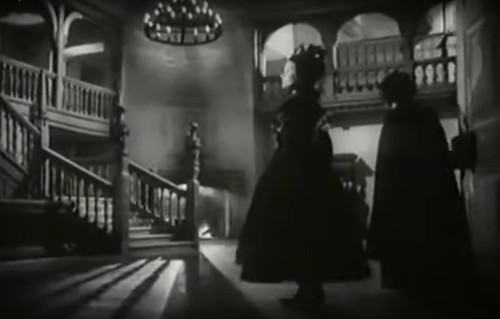


telenous
Well-known
The cinematographer Robbie Müller was born like yesterday (4th of April). He was a frequent collaborator of Wim Wenders, especially early on. He had a very distinctive, almost photographic style in his cinematography, both in gritty black and white films and colour ones, in which his camera work is reminiscent of early colour documentary still photography. Aside from Wenders, he collaborated a lot with Jarmusch, as well as with von Trier, Wajda, Schroeder, etc.
telenous
Well-known
I only once saw Barry Lyndon when it opened, I'm ashamed to say. I went to see "The Favorite" last night which brought Barry Lyndon to mind. I wonder whether anyone else saw this film and thoughts about the photography. In particular the use of wide-angle throughout to set the stage for each scene.
Old post but I agree. The Favourite is clearly indebted to Kubrick, and perhaps alludes to Barry Lyndon on purpose. Lanthimos is very much aware of the frame. His early film "Dogtooth" has a very distinctive off kilter look, as if it mixes Luigi Ghirri with a touch of Eggleston.
As an aside, quite a few years ago I saw on the web a selfie by Lanthimos. You know, the bathroom mirror sort we all take, or something like that. It was taken with a Contax T3. That was before the craze drove their prices to cuckoo-land. Well, you didn't have a T3 unless you obsessed a little bit about gear, and, possibly, about photography too.
Share:
-
This site uses cookies to help personalise content, tailor your experience and to keep you logged in if you register.
By continuing to use this site, you are consenting to our use of cookies.

